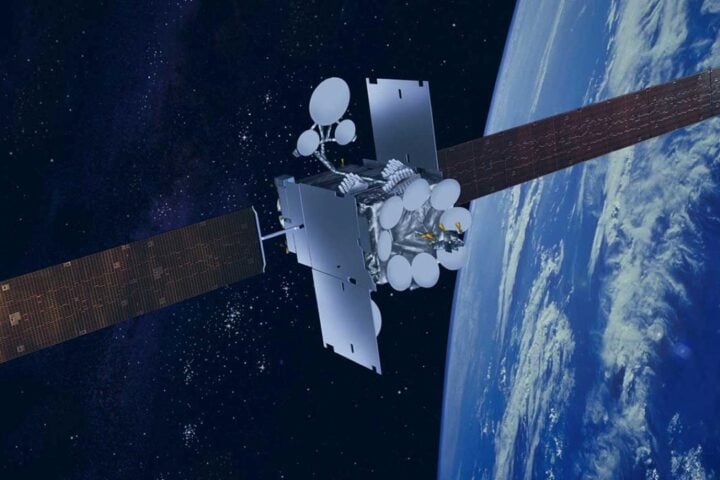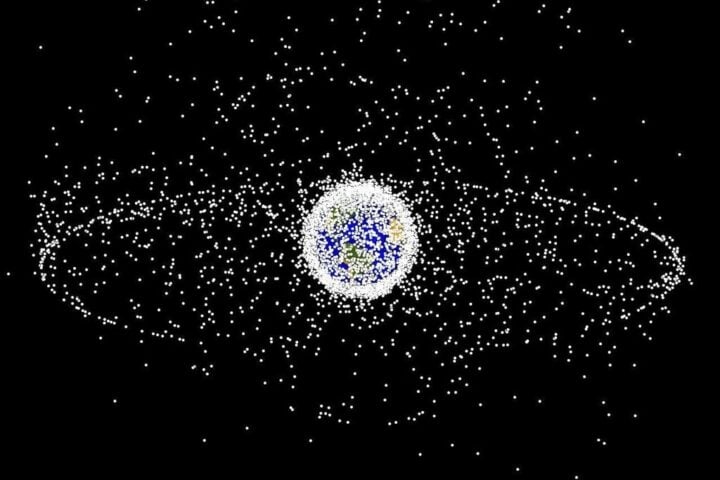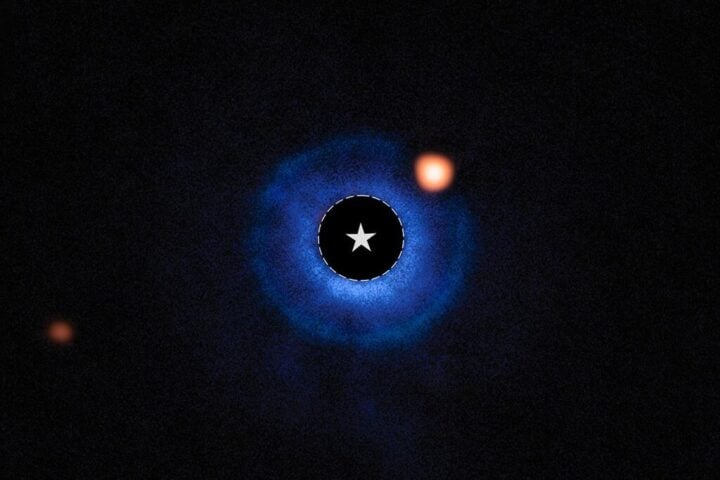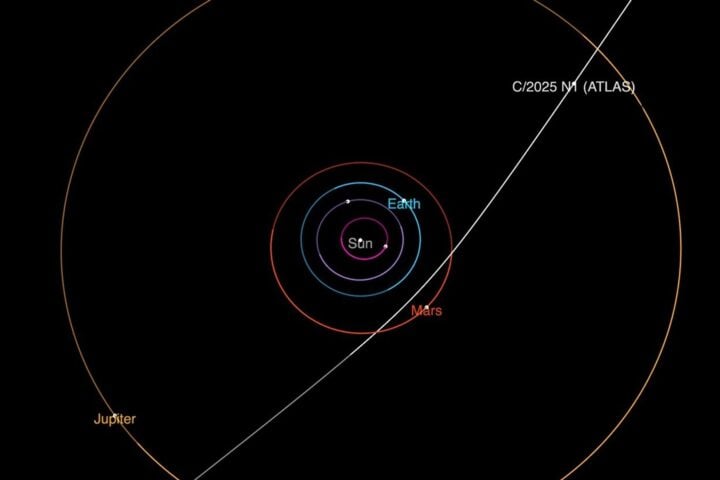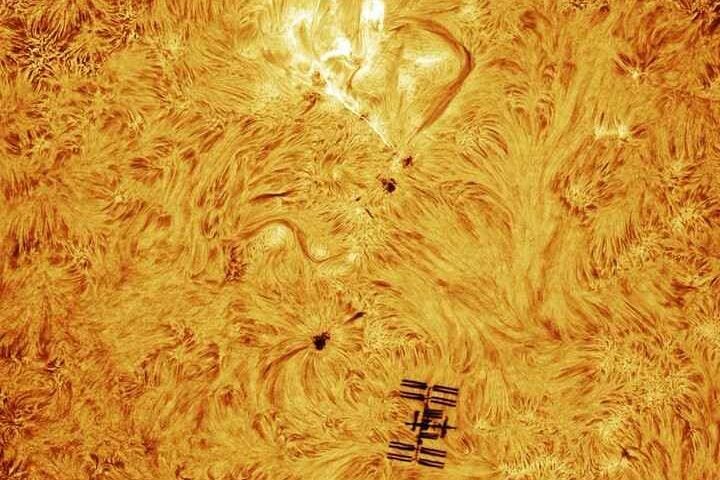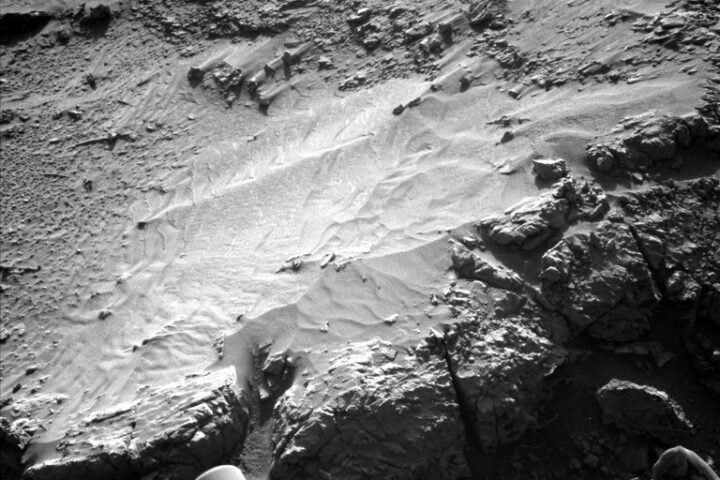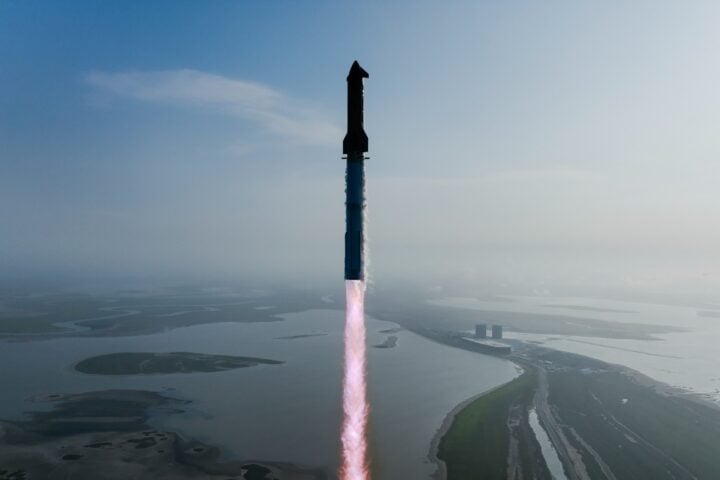A nano-satellites for the first time using water vapor propulsion has been successfully flown by a Japanese company PB (Pale Blue). The propellant method, an environmentally friendly & low—cost, passed its first test. The propulsion system aboard Sony’s Star Sphere 1, or EYE, satellite was tested by PB.
PB’s water-based thrusters fired off for roughly 2 minutes, during the test on March 3. It was confirmed later by data that the engine’s initial test was successful. Sony’s first satellite-EYE-aims to make space photography more accessible, with its Star Sphere project.
113 other satellites aboard a SpaceX Falcon 9 rocket were launched along with EYE on January 6. A camera is featured on a nanosat, which will operate from an altitude of about 310 to 372 miles above the surface of the Earth.
A PB‘s successful test of the propulsion system means it can now help the satellite maneuver to its targeted orbit. The design of water-based thrusters is to prolong the life of the small EYE satellites by 2.5 years with small periodic orbital corrections through maneuvers.
Amid the growing demand for CubeSats, water-vapor propellant is also a more environmentally friendly solution. Water is split into hydrogen & oxygen by the propulsion system while in space to burn them as fuel. The water-vapor technology is best used for tiny, low-cost satellites.
Water-based thrusters are being tested by NASA on board a swarm of CubeSats for its Pathfinder Technology Demonstrator. Momentum, another private space venture, is also preparing to test a water-based propulsion system aboard an orbital transfer vehicle.
The aim of PB is to provide an alternative way to keep satellites afloat in Earth orbit. There are limits for using water in terms of the size & weight of the spacecraft it can power & how much energy it can provide. Along with other entities using water as fuel, PB is looking to reinvent the business of small satellites, making them cheaper, more efficient, & perhaps a little more friendly to the environment.



